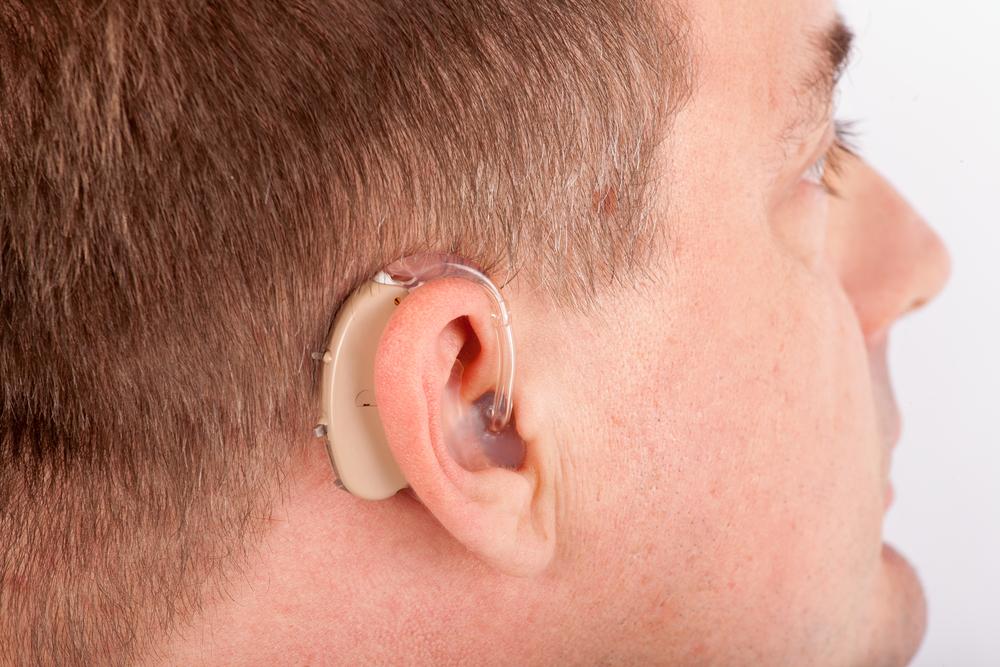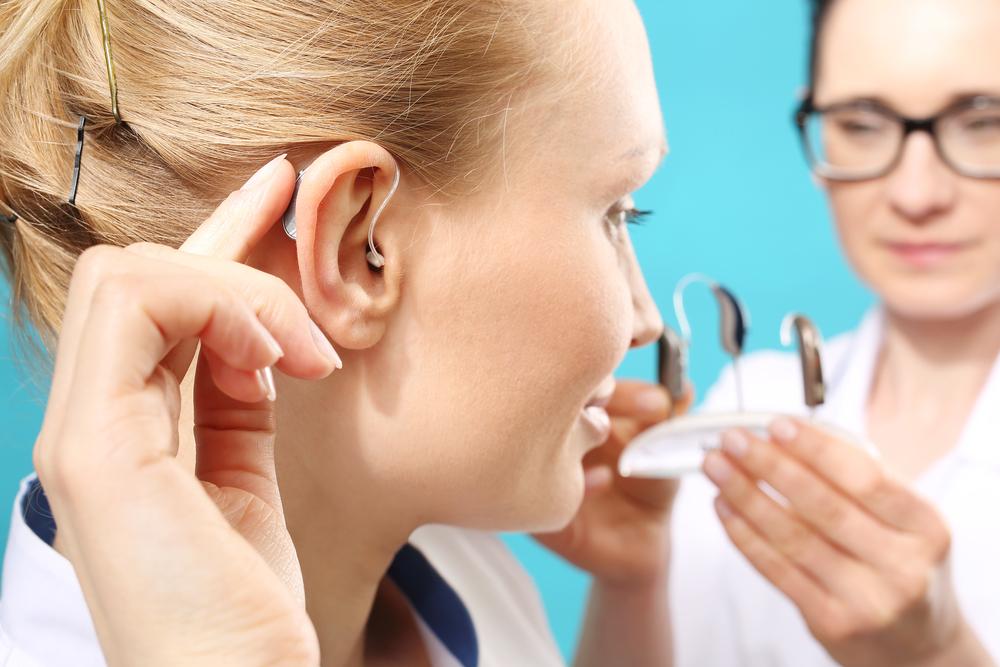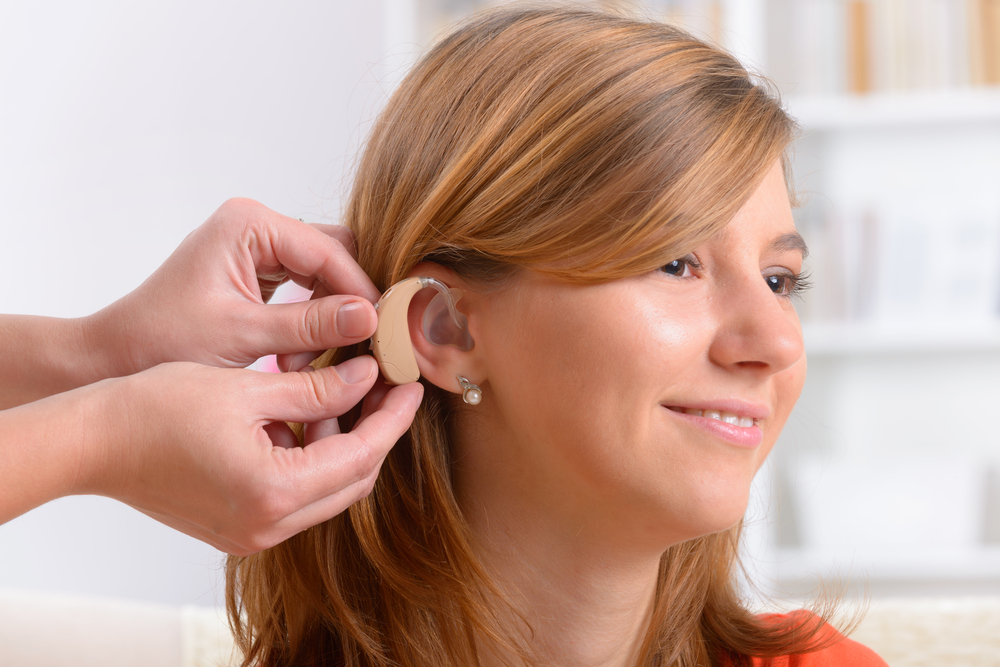Comprehensive Guide to Choosing the Right Costco Hearing Aid for Your Lifestyle
Learn how to choose the perfect Costco hearing aid tailored to your lifestyle. This comprehensive guide covers various types of hearing devices, their features, ideal usage scenarios, and tips for early intervention. Discover cost-effective options and technological advancements that can improve your hearing experience. Whether you have mild or profound hearing loss, find out how to select the right device that fits your needs and budget. Take control of your hearing health today for a better quality of life.

How to Find the Perfect Hearing Solution at Costco
Hearing difficulties can significantly impact your daily interactions, affecting both personal relationships and social engagement. Often overlooked, hearing loss can cause feelings of isolation and frustration, especially in busy or noisy environments. Recognizing the importance of addressing these issues early on is crucial for maintaining quality of life. The first vital step is scheduling a professional hearing assessment. This evaluation determines the level and type of hearing loss you experience, providing essential information to select the most effective Costco hearing aid tailored to your needs.
Hearing aids are designed to improve the clarity and quality of sound, making everyday sounds more accessible and enhancing communication. Modern models incorporate advanced noise reduction technologies that can significantly reduce background noises such as traffic, wind, or crowded settings, allowing you to focus on speech and other vital sounds. The wide variety of hearing aid options available means that choosing the right device depends on multiple factors, including the severity of your hearing loss, your lifestyle, aesthetic preferences, and budget considerations.
Costco offers a range of hearing aids typically priced between $499.99 and over $1500 per device. These devices are primarily categorized into two main types: in-ear and behind-the-ear styles, each suited to different levels of hearing loss and user preferences.
In-ear Hearing Devices: These are further divided into In-the-canal (ITC) and In-the-ear (ITE) models.
In-the-canal (ITC) hearing aids: These are ideal for individuals with mild to moderate hearing loss. They are custom-fitted to snugly fit inside your ear canal, either fully or partially occluding it. Their compact size makes them nearly invisible, providing a discreet solution for users who prefer subtlety. However, due to their small size, ITC aids often lack advanced features like volume control or program adjustments, which might limit user customization.
In-the-ear (ITE) hearing aids: These occupy a larger portion of the outer ear, making them more visible but easier to handle and adjust. Suitable for mild to severe hearing loss, ITE devices typically feature larger batteries that offer longer usage times. They often come equipped with user-friendly controls, enabling easier adjustment of volume and programs, catering to users who prefer convenience and accessibility.
Over-the-ear Hearing Devices: These include Behind-the-ear (BTE) and Open-fit styles.
Behind-the-ear (BTE) hearing aids: These devices consist of a small case that sits behind your ear, connected to a custom-molded or standard earmold that fits inside your ear canal. They contain the microphone, amplifier, and battery within the case, with a thin tube or wire directing sound into the ear. BTE aids are suitable for a broad range of hearing loss levels, from moderate to profound, offering high amplification capabilities. They are durable and easier to handle, which makes them a popular choice for active users or those with dexterity issues, though some may find their visible size less discreet.
Open-fit hearing aids: Designed for mild to moderate high-frequency hearing loss, these devices do not block the ear canal. They sit comfortably behind the ear with a thin, nearly invisible tube or wire that directs sound into the ear canal. Open-fit aids are excellent at reducing the occlusion effect—uncomfortable sensation of the ear being full—and provide a more natural listening experience. Their discreet appearance and ease of use make them favored among users seeking a less noticeable device.
It's essential to address your hearing concerns promptly. Early intervention with a Costco hearing aid can facilitate easier adjustment, improve communication, and ultimately enhance your overall quality of life. Don’t wait to seek professional advice—taking action now supports your hearing health and well-being.





